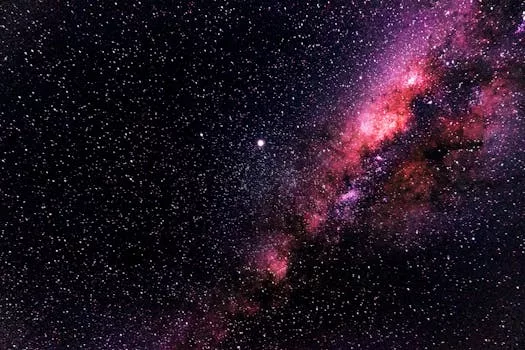
“
Beyond the Milky Way: Imagining New Worlds and Possibilities
Introduction to the Cosmos
Space exploration has long been a fascination for humanity, with the Milky Way being our home galaxy. The Milky Way is just one of billions of galaxies in the observable universe, each containing billions of stars and potential planets. As we continue to explore and understand the vastness of space, we are drawn to the possibility of life beyond our cosmic neighborhood.
The Focus Keyword of this article is Beyond the Milky Way, as we delve into the possibilities of new worlds and the exploration of the universe. The idea of Imagining New Worlds and possibilities has sparked the curiosity of scientists, philosophers, and science fiction writers alike, inspiring new generations to pursue careers in astronomy and space exploration. For more on this topic, check out Beyond Stars: Where Imagination Takes Flight.
Understanding the Universe
The universe is estimated to be around 13.8 billion years old, with the Milky Way galaxy being approximately 13.6 billion years old. The universe is constantly expanding, with new galaxies and stars being formed all the time. The discovery of exoplanets, planets that orbit stars other than the Sun, has opened up new avenues for research into the possibility of life beyond Earth. For an in-depth look at this, you can read The Infinite Universe of Imagination: Beyond Celestial Boundaries.
The Cosmos is vast and complex, with many phenomena still not fully understood. From black holes to dark matter, the universe is full of mysteries waiting to be unraveled. The study of the universe has led to numerous breakthroughs in fields such as physics, mathematics, and engineering.
Exploring New Worlds
With the advancement of technology, space agencies and private companies are now able to explore the universe like never before. Space missions such as the Voyager and New Horizons have successfully explored the outer reaches of our solar system, providing valuable insights into the formation and evolution of our cosmic neighborhood. If you’re interested in the imaginative aspects of space exploration, consider reading Cosmic Creativity: How Imagination Soars Beyond the Constellations.
The possibility of life on Mars and other planets in our solar system has sparked intense interest and research. NASA’s Curiosity rover has been exploring Mars since 2012, discovering evidence of water and organic molecules on the Red Planet. The search for life beyond Earth is an ongoing effort, with scientists using a variety of methods to detect biosignatures in the universe.
Conclusion and Takeaways
In conclusion, the idea of Beyond the Milky Way is a fascinating and complex topic that has captured the imagination of people around the world. As we continue to explore and understand the universe, we are drawn to the possibility of life beyond our cosmic neighborhood.
Takeaways from this article include:
- The universe is vast and complex, with many phenomena still not fully understood.
- The discovery of exoplanets has opened up new avenues for research into the possibility of life beyond Earth.
- Space exploration has led to numerous breakthroughs in fields such as physics, mathematics, and engineering.
- The search for life beyond Earth is an ongoing effort, with scientists using a variety of methods to detect biosignatures in the universe.


